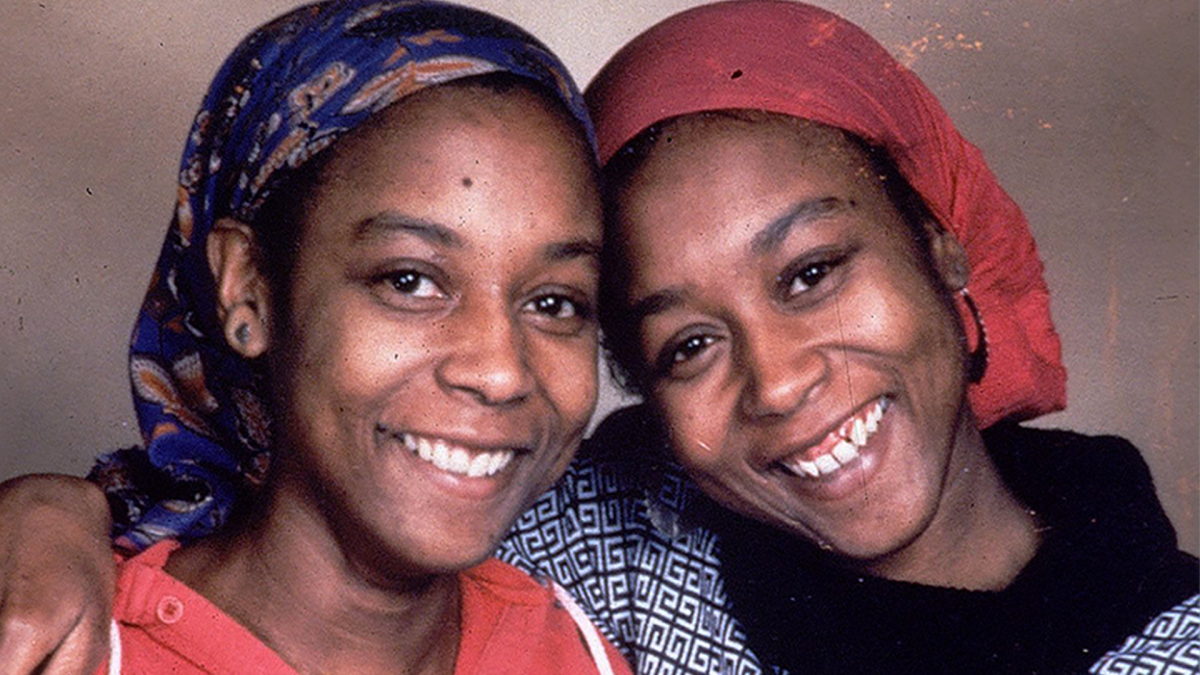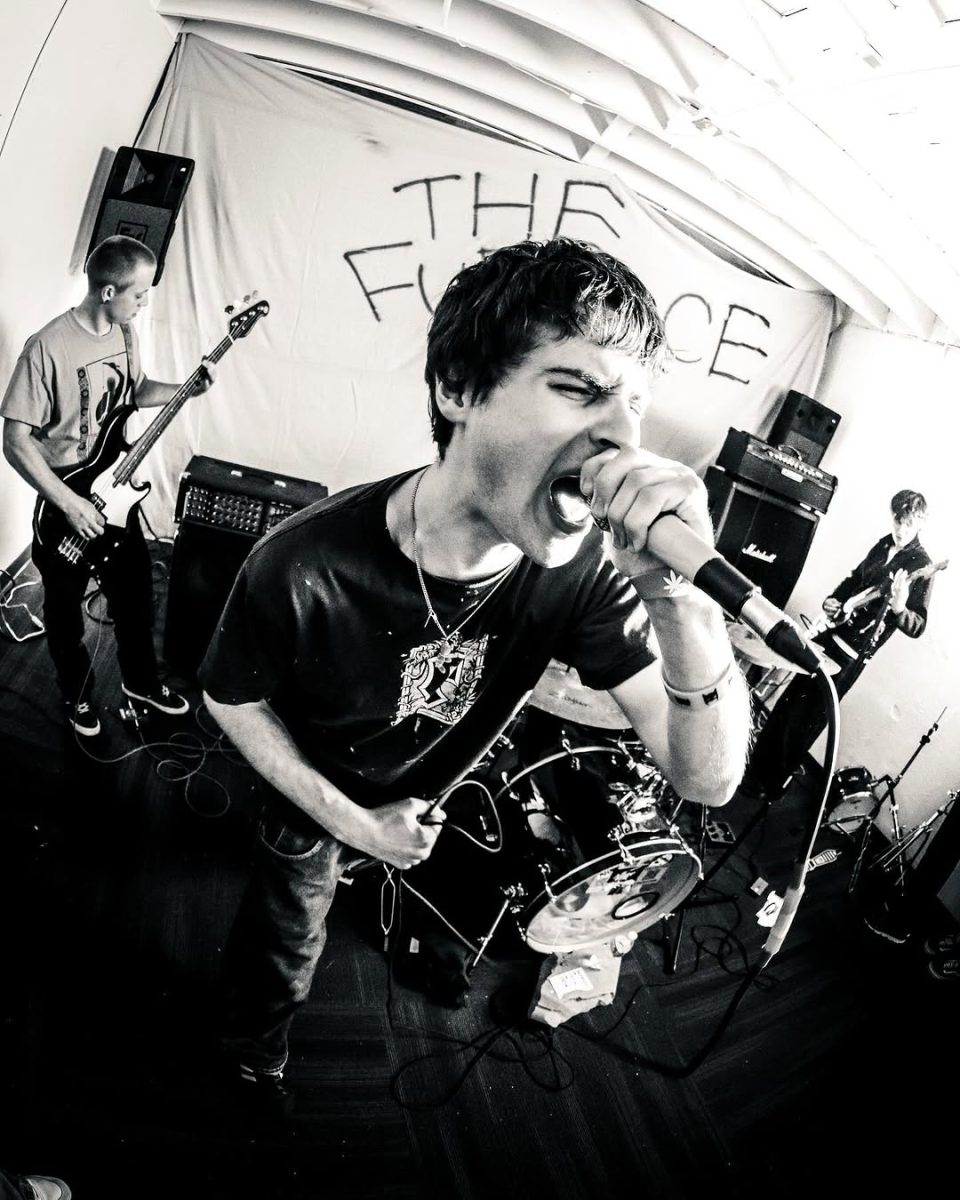A metropolis that had once been a thriving commercial, military, and transportation hub was reduced to ruins covering 13 square kilometers. Massive firestorms tore through dwellings made of wood and paper. Thousands of people were killed and hurt. A B-29 bomber detonated a single bomb over Hiroshima on the morning of August 6, 1945, which resulted in the destruction of 70% of the city and the deaths of a third of its population. A second bomb hit the city of Nagasaki three days later, killing 40,000 more people. The world had entered the Atomic Age with a vengeance, the only times Atomic Bombs were used in war. Hiroshima was unrecognizable when the fires burned themselves out. All that remained standing in a wide wasteland of debris were a few abandoned lines of telegraph poles, the occasional concrete structure ruin, and thousands of dead trees. Those who had survived the attack were wandering the radioactive streets in a sad condition. More were buried under mountains of debris, while still others were lying wounded on the ground, unable to move. The bodies of the citizens who had desperately sought relief from their terrible burns were piled up in the city’s rivers. Today, Hiroshima and Nagasaki are thriving, vibrant cities collectively houses one and a half million people.
Hiroshima

The city of Hiroshima was to be recognized as a global city of peace. Money was made for rehabilitation, and the military and the government both offered free land to the city. The country’s finances were boosted by a boom in industry after the war, and in 1958, the town that had sprung up as a result of the bombing had been immediately replaced in a construction frenzy. Hiroshima’s population had returned to its 410,000 population, surpassing its pre-war population. Hiroshima is a ship building and fishing town.
Nagasaki

The government turned Nagasaki as an international city of culture. The 1949 passage of the Nagasaki International Cultural City Construction Law provided funding to repair the damages. In 1952, when the Allied occupation troops removed their prohibition on shipbuilding, the city experienced a financial boom. In 1955, a memorial building known as the Nagasaki International Cultural Hall was built, and Nagasaki started to draw tourists. In 1996, the Cultural Hall was destroyed and replaced as the Atomic Bomb Museum. It is placed next to the Nagasaki National Peace Memorial Hall for Atomic Bomb Victims, built in 2003.
Sources
https://www.history.co.uk/article/hiroshima-and-nagasaki-the-aftermath


































